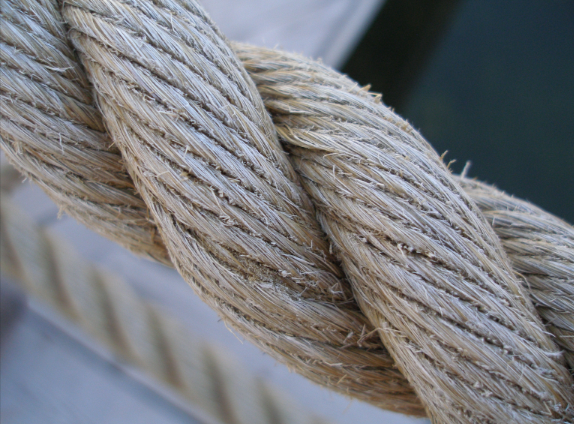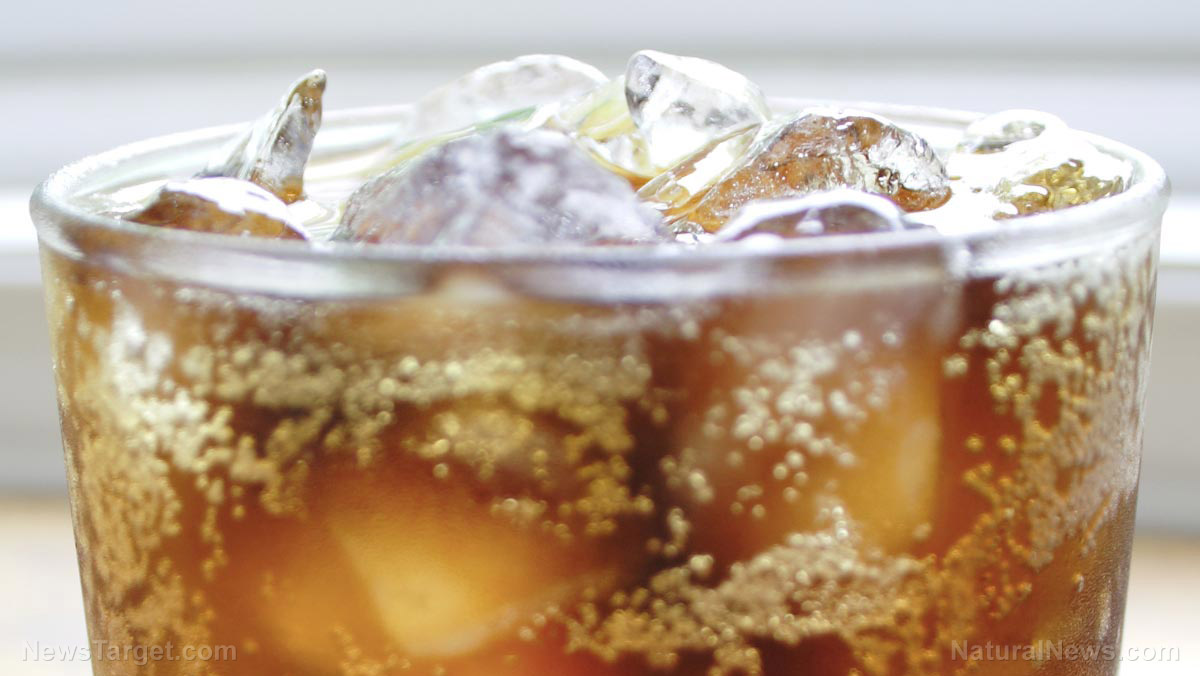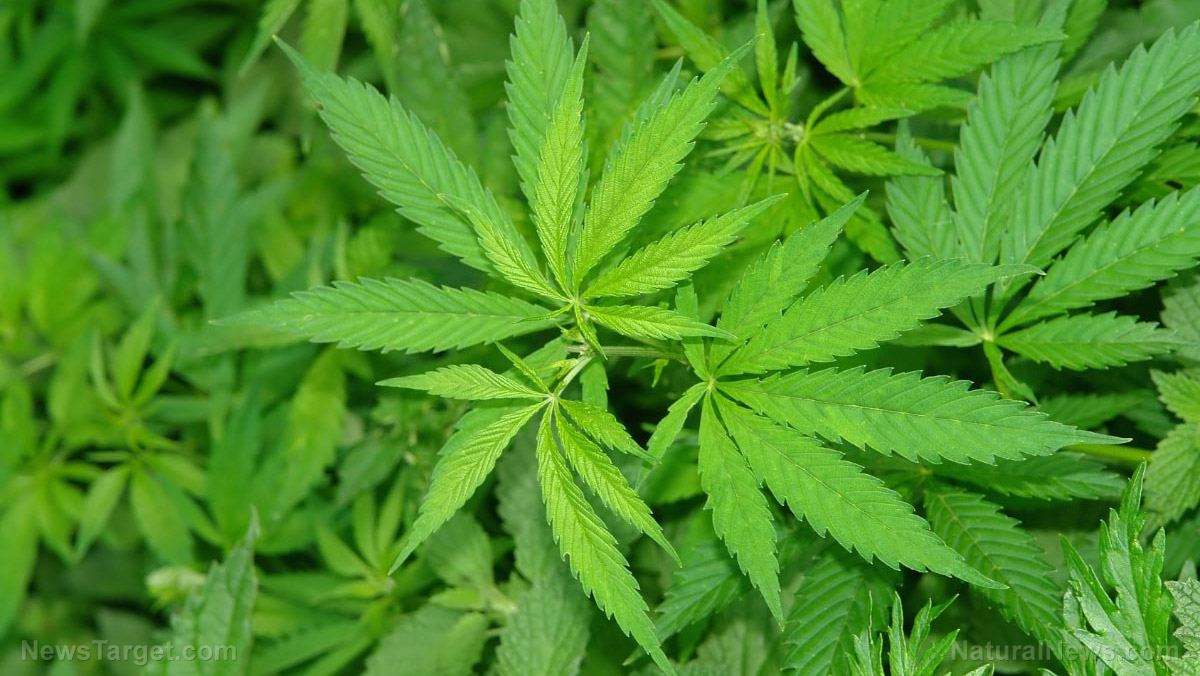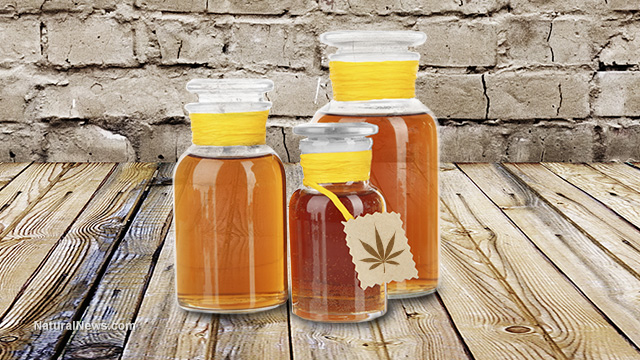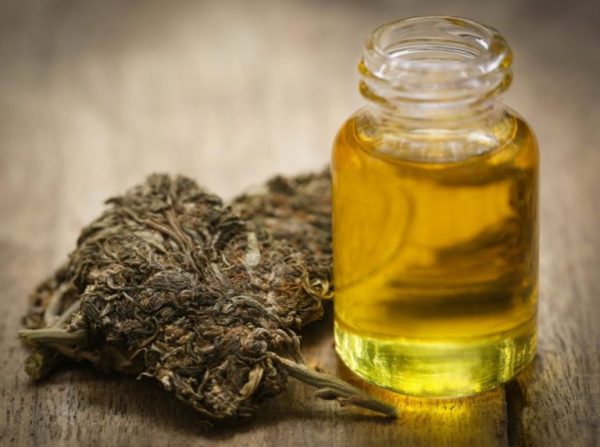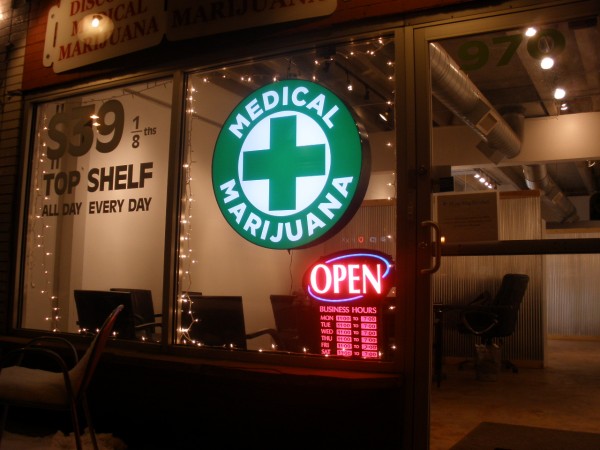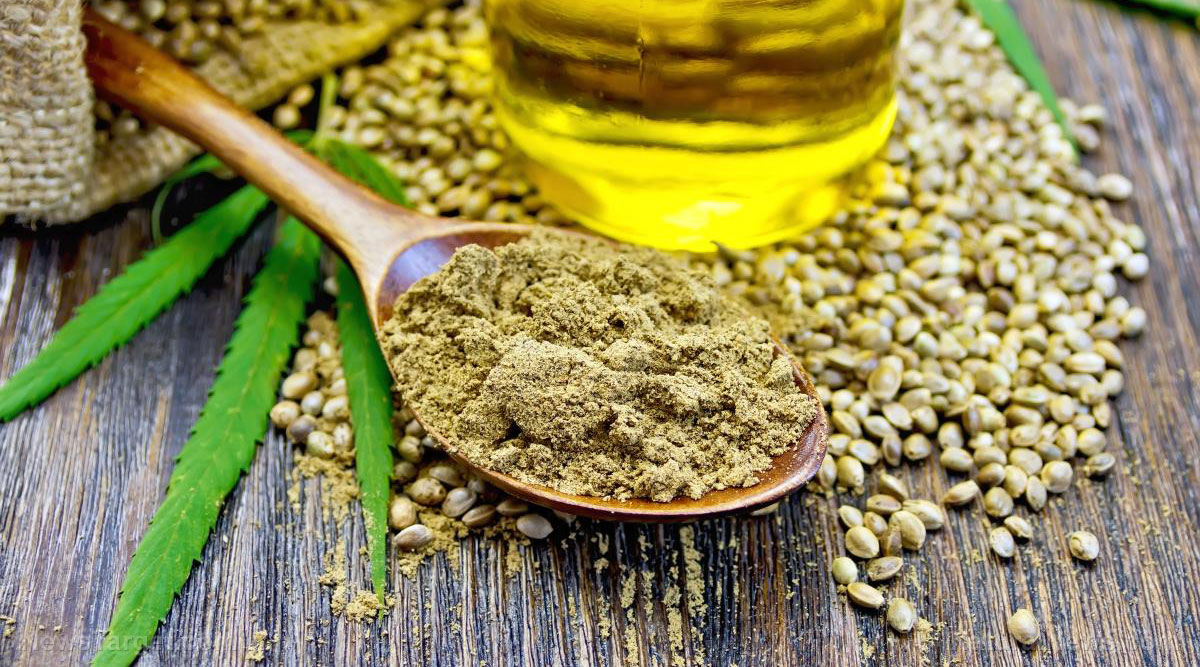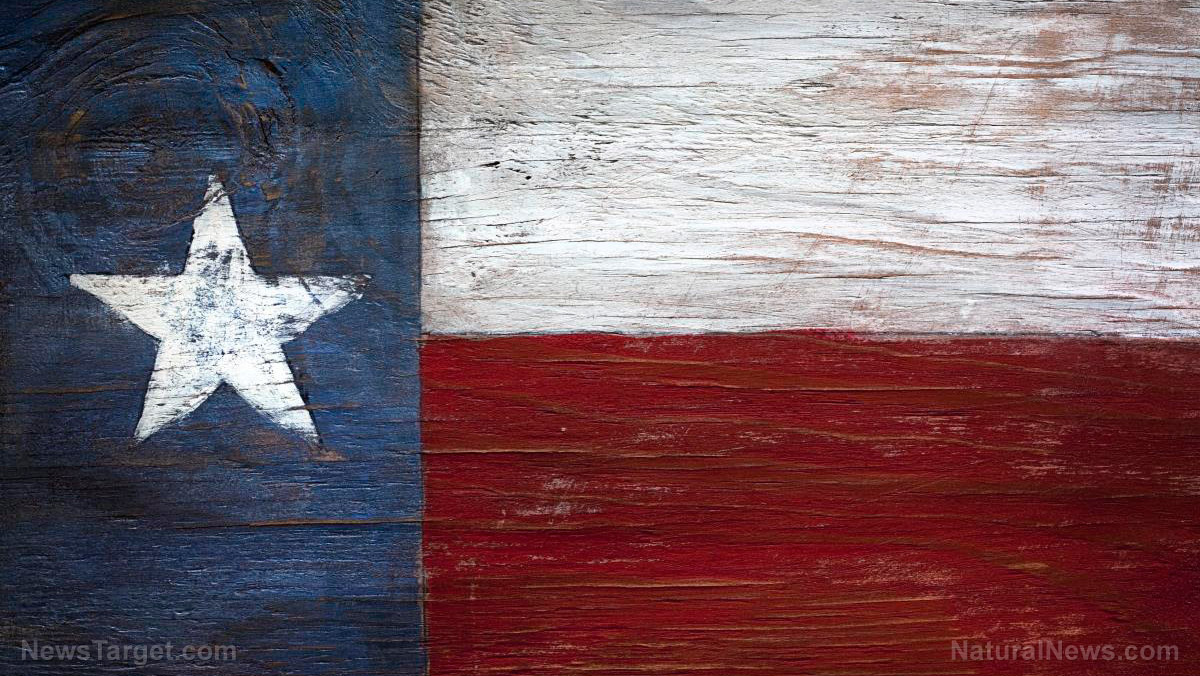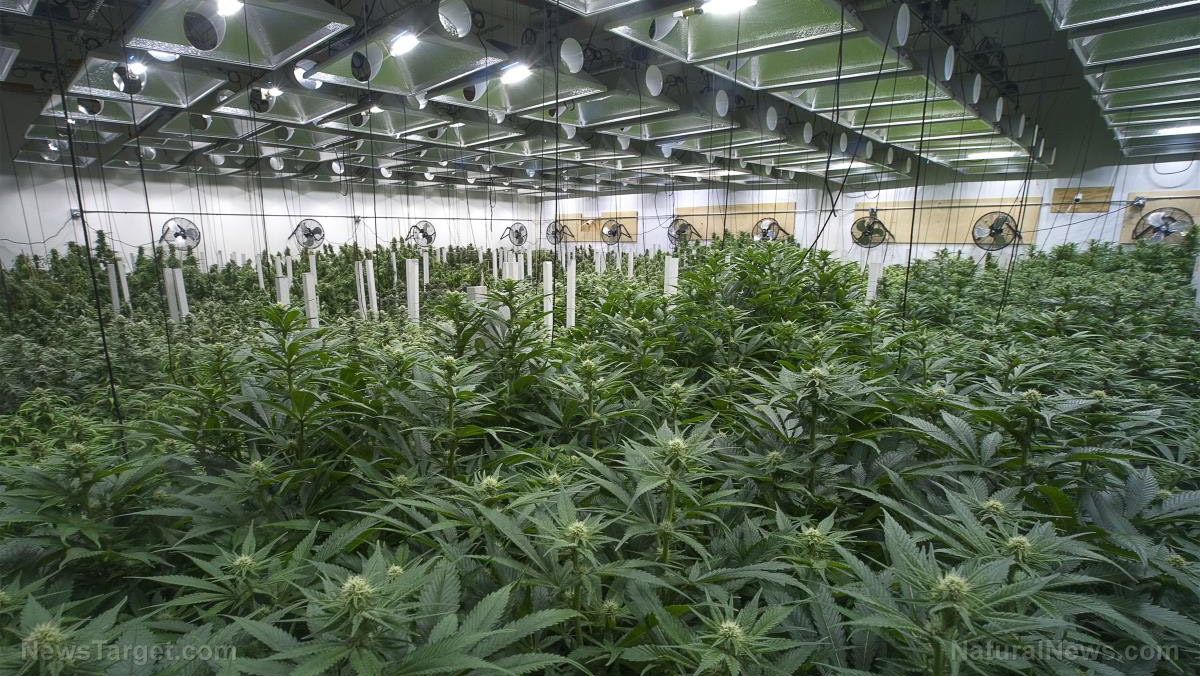Hemp — the base material for the unattractive but amazingly sturdy jewelry one might see at a Phish concert — might be on the verge of an industrial breakthrough.
(Article by Jim Craigmyle)
Last week, a California Senate committee passed the Industrial Hemp Farming Act, which reclassifies hemp as separate from marijuana, thereby allowing farmers to grow it legally. If passed by the full California Senate, the law would make the Golden State the ninth to reclassify the versatile, controversial, and otherwise itchy plant for widespread cultivation.
Though the legalization of hemp farming has picked up steam solely on a state-level in the past two decades, the plant was actually once a staple crop in the U.S., and was used as canvas for ship sails and pioneer wagon covers. It was also used for paper: The Declaration of Independence was signed on hemp in fact. Founding fathers George Washington and Thomas Jefferson also both grew hemp.
But in the 20th century, when the public caught on to the (mostly) pleasurable effects of hemp’s psychotropic cousin marijuana, also a member of the cannabis sativa family, hemp farmers took a hit as the federal government began to crack down on pot. Though hemp flowers contain way less THC than marijuana flowers (.2 to .3 percent, compared to 3 to 15 percent), opponents feared users could boil it down to a concentrated oil, or more likely that farmers could use hemp fields to hide marijuana plants. In 1970, the U.S. passed the Controlled Substances Act, outlawing hemp and marijuana, among other substances. Now, even in states that have approved hemp production, farmers grow at the risk of federal raids, fines, and jail time.
The North American Industrial Hemp Council and other pro-hemp groups claim that by failing to tap into hemp’s potential and instead importing the product from Canada, Europe, and China, the U.S. is missing out on a huge economic opportunity. Hemp, claims the NAIHC, can be used to make some 25,000 products. (We assume they count hemp bracelets and hemp anklets as two separate products?) A look at some of the hemp products the U.S. could purportedly benefit from:
1. Bible paper
At a paper mill in France, the Fortune 500 company Kimberly Clark prints Bibles on hemp-based paper, which lasts long and doesn’t yellow.
2. Biofuels
Hemp is resistant to pests and weeds, grows faster than other potential biofuel crops, and is easier on soil, making it a potential alternative fuel, some say.
3. Bird seed
In 1999 U.S. Customs confiscated 40,000 lbs of bird seed on the Canadian boarder, because the feed consisted of sterilized hemp seeds. “They say it’s a tractor-trailer full of drugs,” Jean Laprise, the farmer who grew the seed, told the New York Times. “We say it’s a tractor-trailer full of birdseed.”
4. Boxers
Though hemp textiles aren’t always used for the most fashion-forward clothing, some hemp fabric is now light (and soft?) enough for men’s underwear.
5. Burgers
Will Gaudet Jr., a 21-year-old from California, started Bay Roots, a brand of hemp seed burgers he makes using his mother’s recipe. He hopes to raise enough on his IndieGoGo campaign to take his product national.
6. Cat scratch posts
If your cat has ever ruined your sofa, you know the importance of scratching posts, which according to Lifehacker.com can be created easily by winding hemp rope around a table leg.
7. Homes
North Carolina company Hemp Technologies uses materials like HempCrete, Hemp Insulation, and Hemp Mulch to build livable hemp homes in the U.S. and Canada. The company’s founders say the material is resistant to fire, termites, mold, and dry rot, partly because of the material’s lime content which makes it harden over time.
8. Makeup
Along with a range of moisturizers and shampoos, hemp seed oil can be used as a base in a range of cosmetics, from foundation to lipstick to nail polish.

